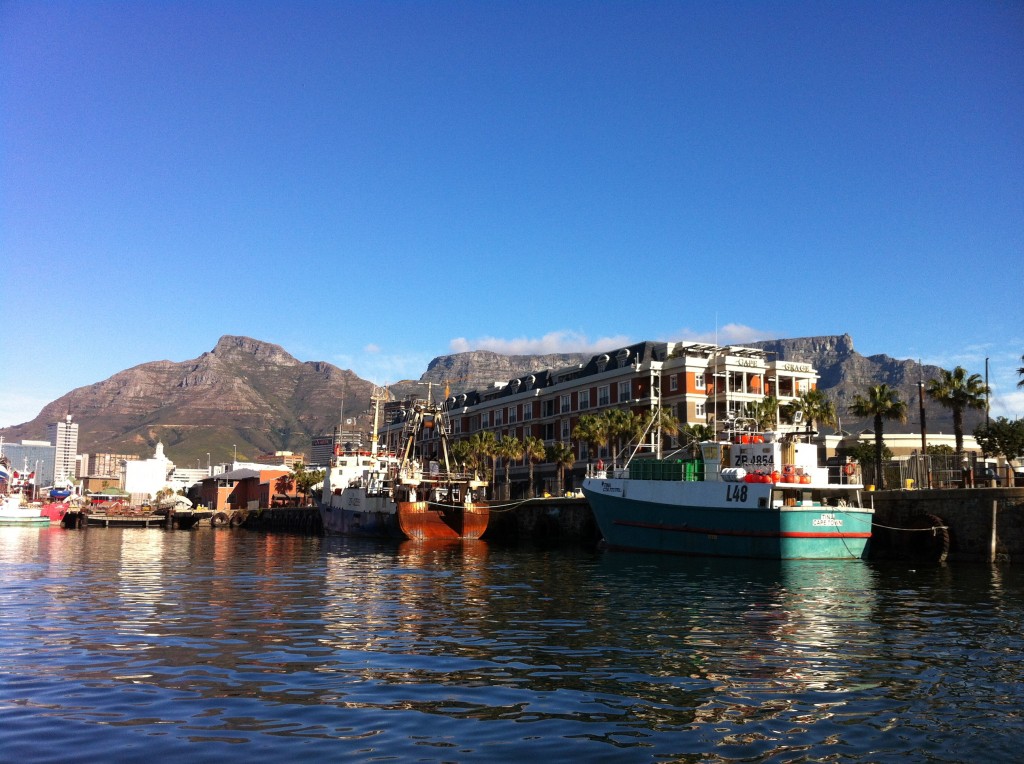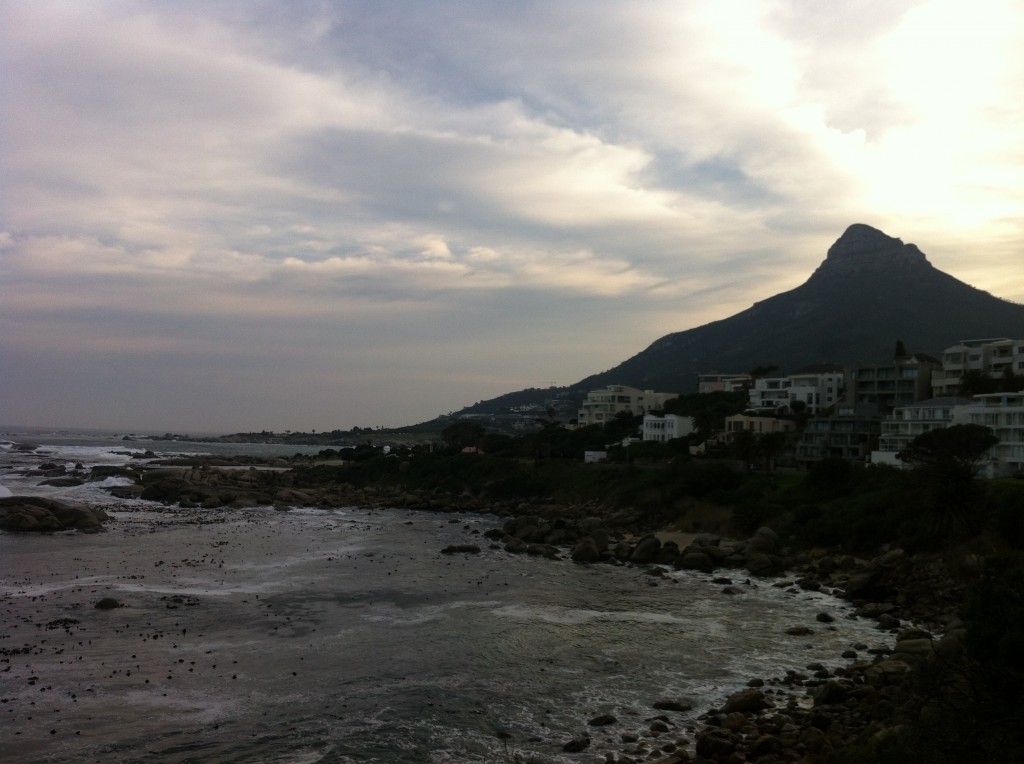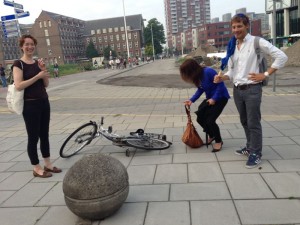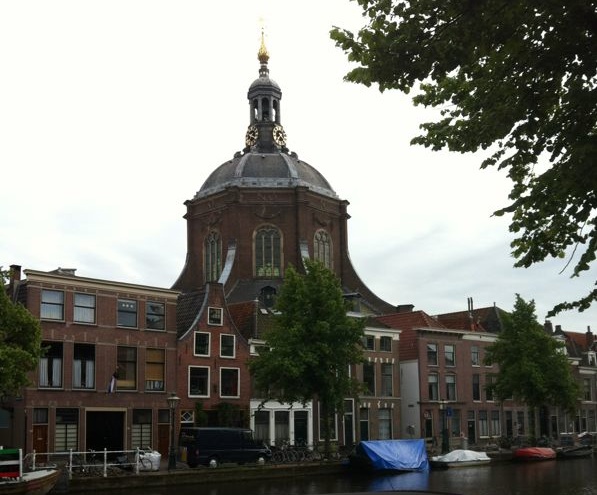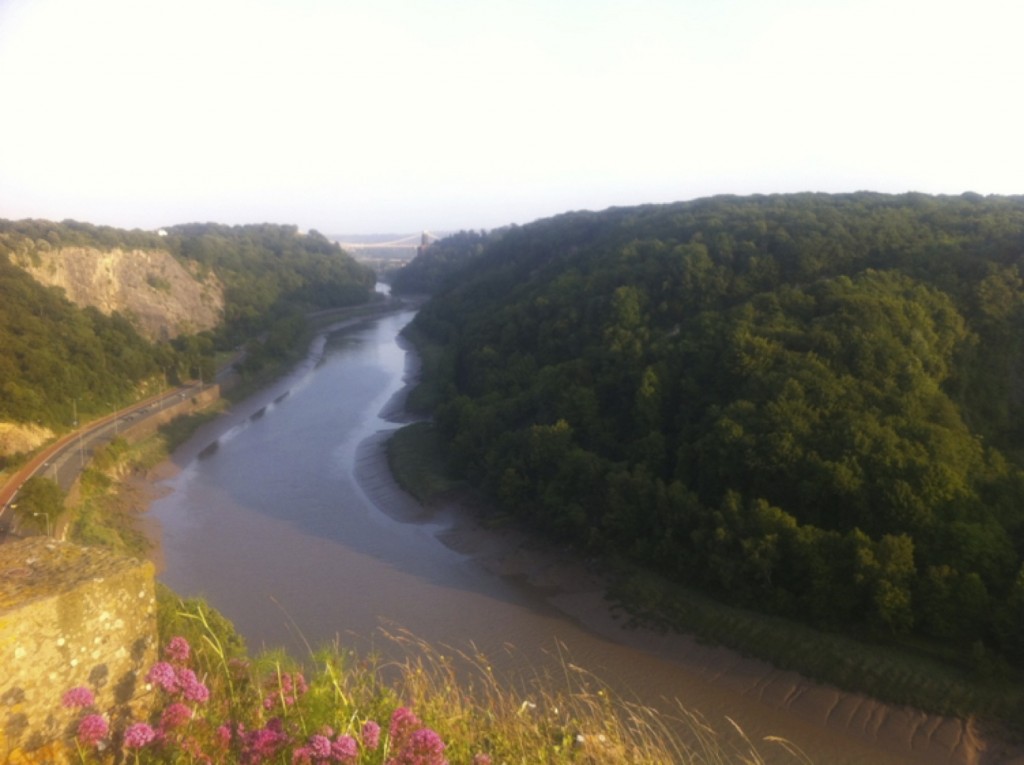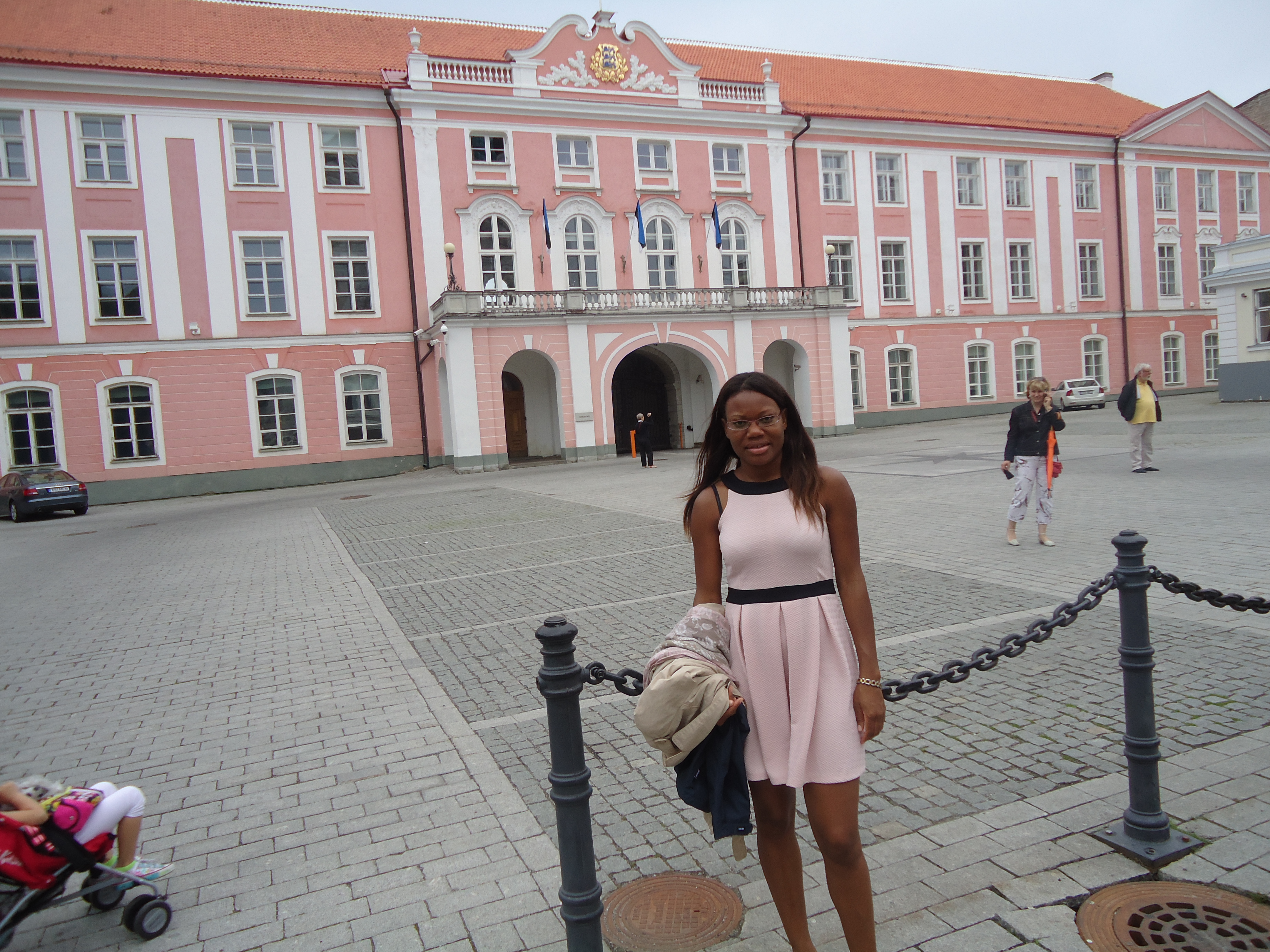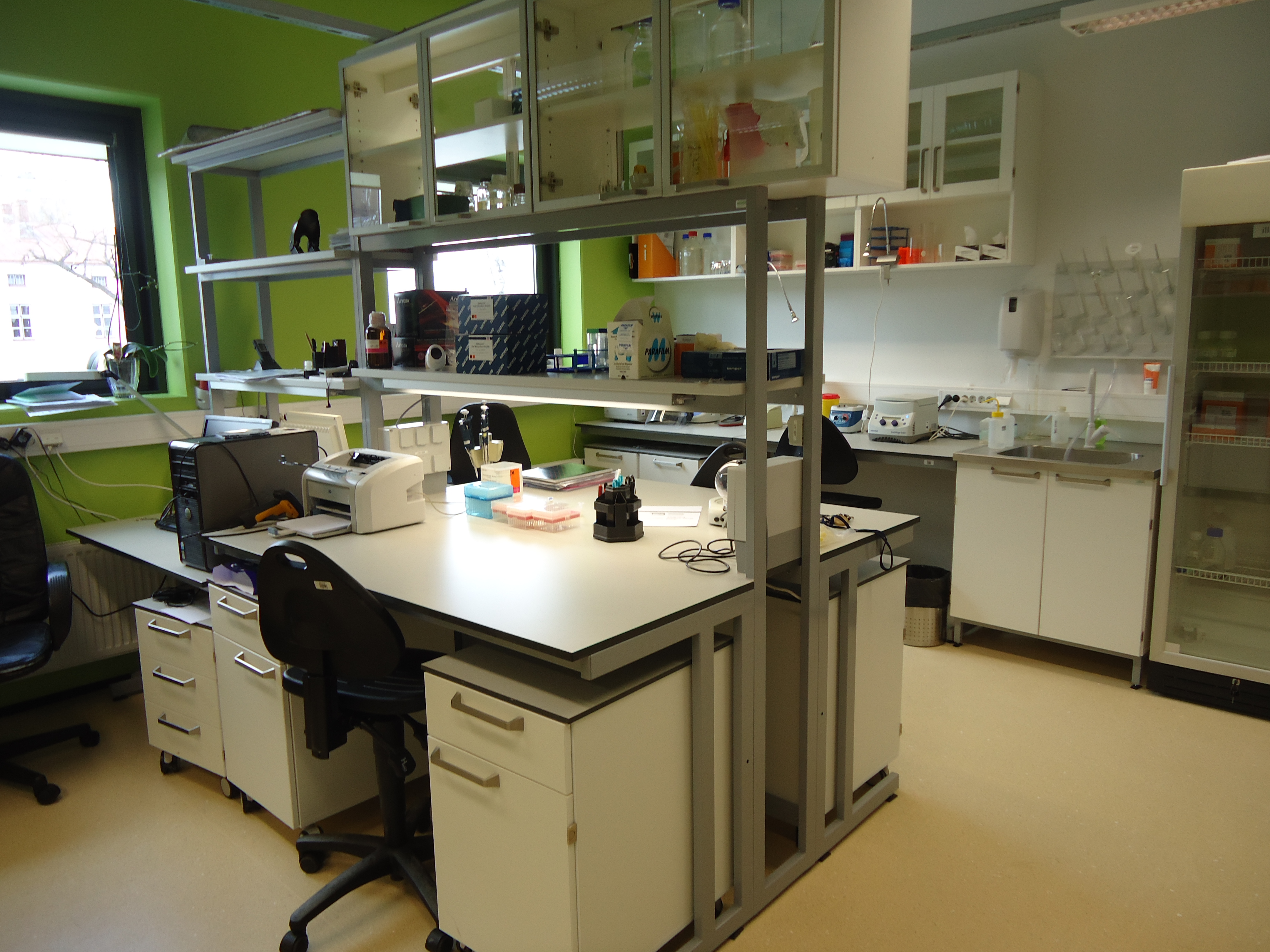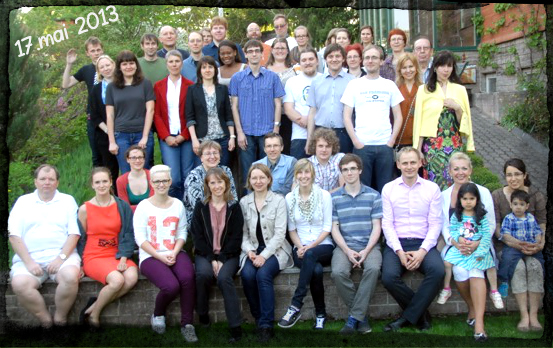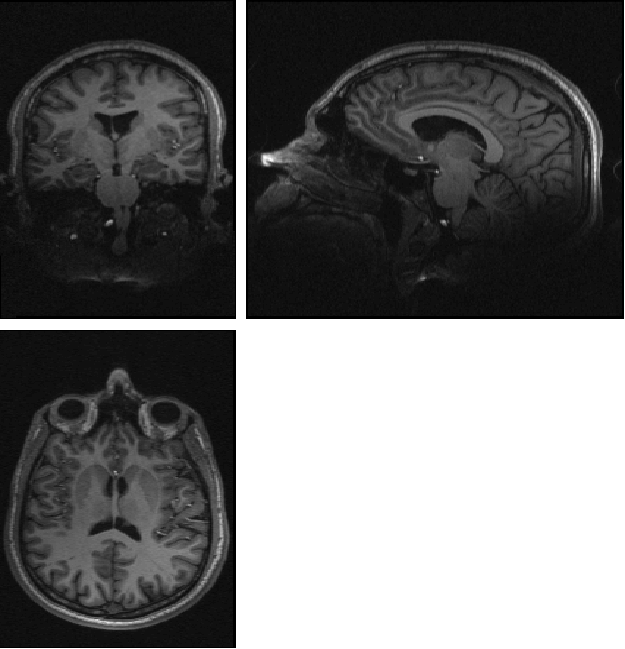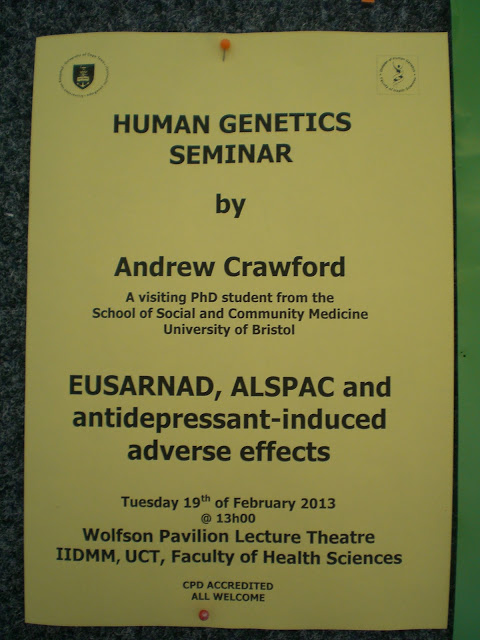At the BAP meeting my friend and colleague Ben Ainsworth kindly reminded me that I haven’t posted anything on the EUSARNAD blog yet. I love British people because they are so polite and proactive that you can only feel guilty and try to accomplish what they ask you to do, even in this really hot midsummer afternoon in Milano. So I will try to let you have a glimpse of my EUSARNAD experience.
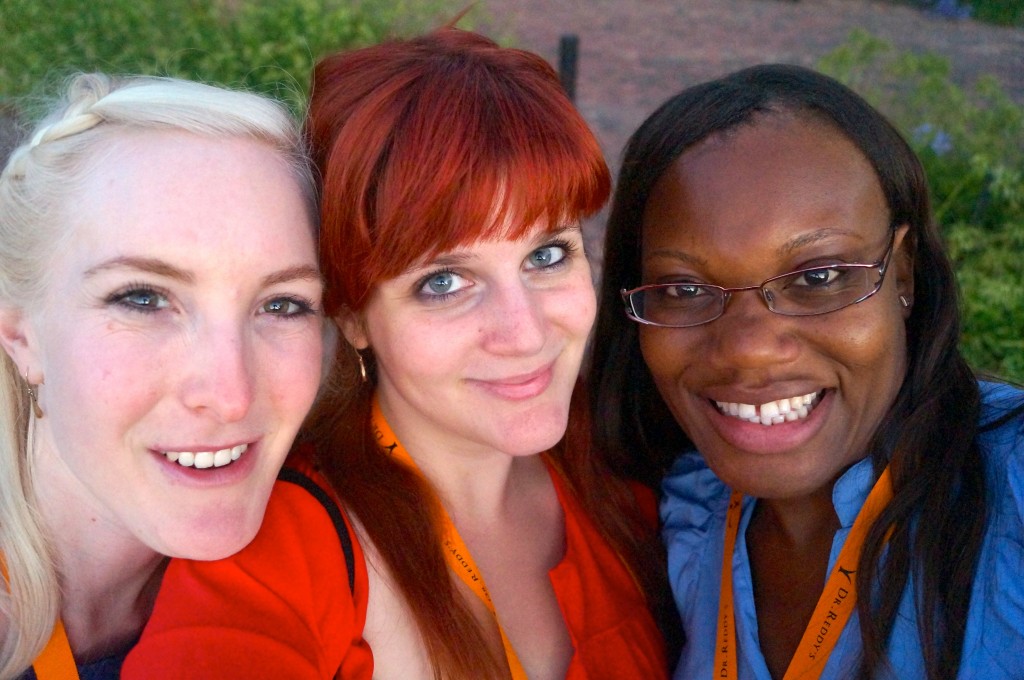
I had a great time meeting and working with fellow EUSARNAD researchers (and friends!) Natalie Cuzen and Christiane Nday
I was really lucky as I heard about the research network directly from Professor David Baldwin whilst at a conference in Roma. I already had an interest in anxiety disorders so I (actually pretty bluntly) asked Professor Baldwin to join his team in Southampton. While in the UK I met Natalie Cuzen, a South African psychologist involved in the scheme. Natalie and me, well, we became good friends while preparing our talk for the ICOCS congress in Vienna (nothing like your first talk at an international meeting can teach you what anxiety really is…Natalie fixed her presentation all the morning before while I had a candy apple overdose at the Prater…but this is another story I’ll tell you in the future).
So when I flew to Cape Town I already had some friends to help me settle. While there I was given the opportunity to work on something completely new for me: epidemiology and statistics. I was a bit skeptical at the beginning. I was so used to medical tools like proteins, cytokines, molecules that I kind of lost the perspective on our job: to understand and create solutions to help people enjoy a fullfilling life.
While trying to find my way with a literature search on “mental health literacy in anxiety” I had a great help from Katherine Sorsdahl that was my mentor while in Groote Schuur. Katherine was a great source of informations on South Africa populations, on their attitude related to alcohol and substance consumption, and on the actual access that people can have to health care. This is the good and bad about South Africa: it give you the feeling of a place where the future is happening and still have to face a troublesome past.
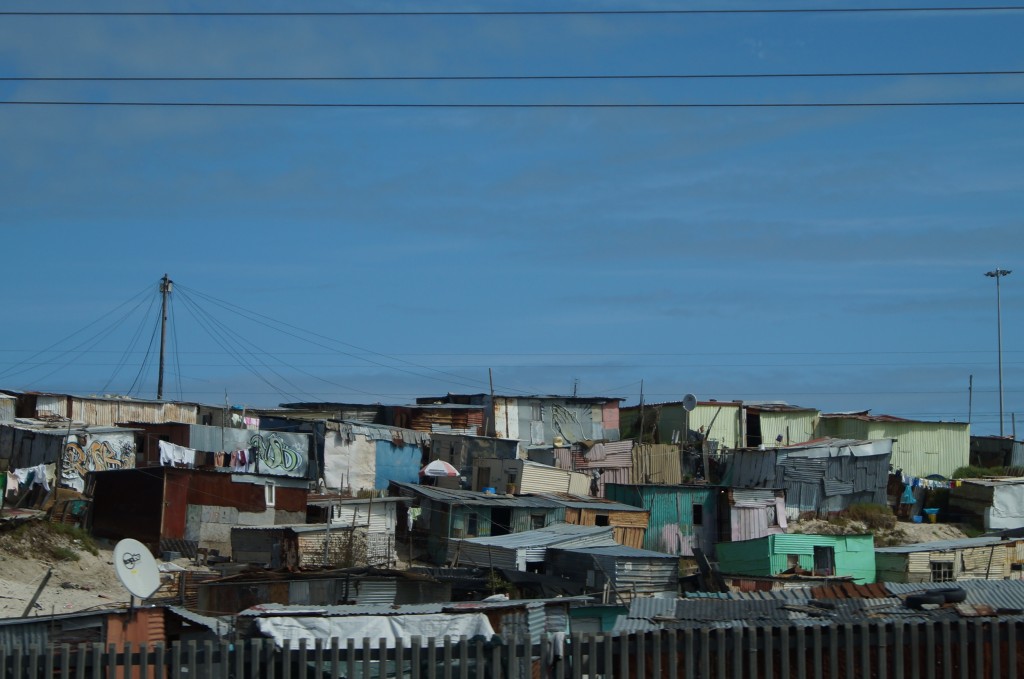
The townships in South Africa (this is a photo of Khayelitsha) have disproportionate levels of crime, alcoholism and mental health problems. But they are also full of a liveliness and vibrancy like nowhere else.
All this raised in me a lot of huge questions: what’s the point in having new treatments, knowledges and really detailed information about every little piece of the brain if a large part of the world population can’t access this, doesn’t want to or doesn’t trust health care at all? Numbers have the power to show you in which direction you are going more efficiently than experience itself. But an experience can give you a new perspective.
That’s what happen to me during a trip with Katherine and Ben in the township of Khayelitsha. Katherine was invited by an NGO to teach brief psychological interventions in the field of alcool abuse to people having some kind of social role in the township. Policemen, teachers, social workers, were there to learn the administration of the AUDIT questionnaire and how to provide a first line help to people facing an addiction. This is just one of the strategies studied to work with few resources on a large scale. This is what health literacy does.
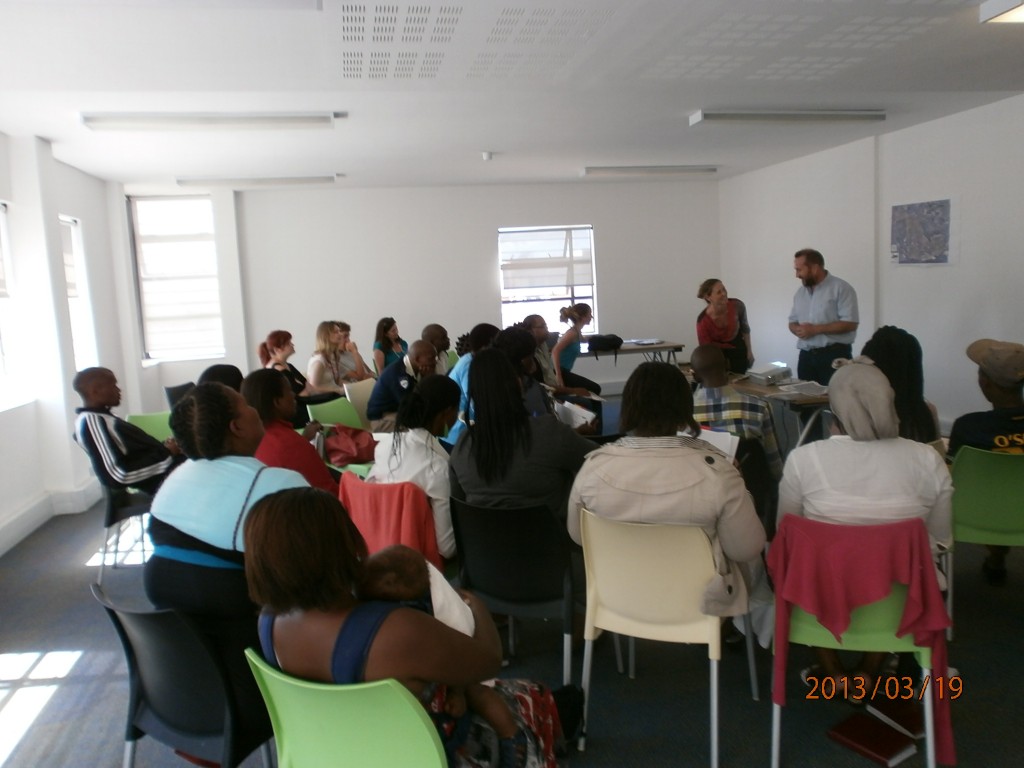
We were lucky enough to attend a small talk in Khayelitsha for locals who want to help reduce the impact of the high levels of alchohol abuse in the township
So, despite feeling much more comfortable while dealing with patients or protein expression (!),the work in EUSARNAD in Cape Town reminded me to look at the big picture of mental disorders. And that big answers to big questions come from big networks.
😉
– Lotte


